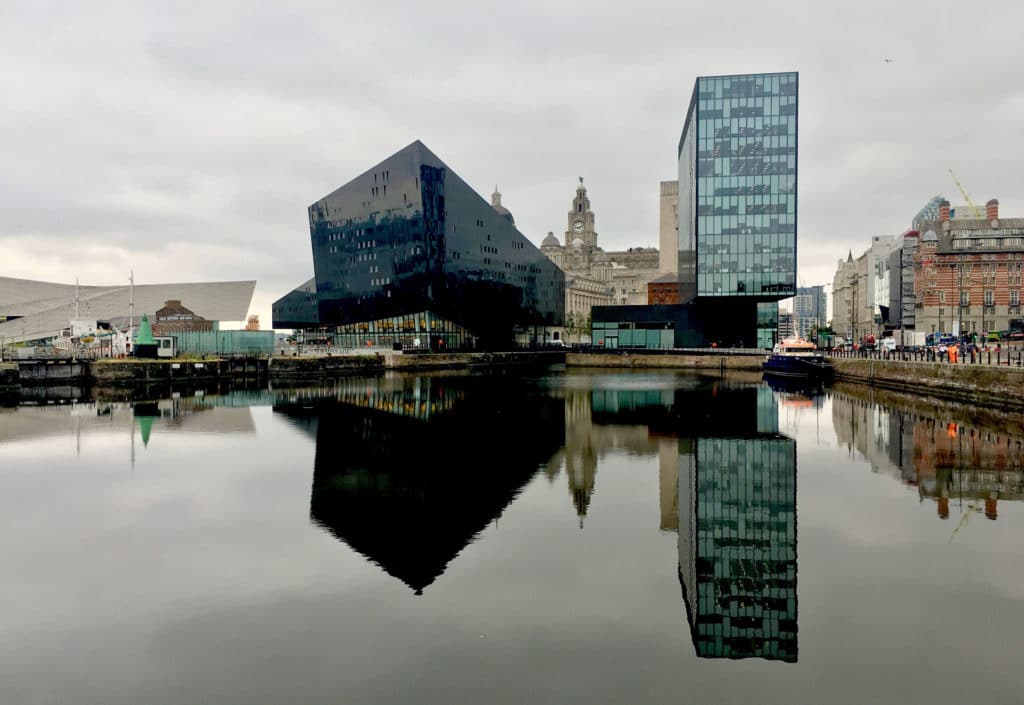I am a fan of smartphone photography. I come from an era when to change the ISO, I had to change the film. The idea that I can shoot high quality, colourful, perfectly exposed images and video from a device a few mm thin is very appealing to me, and of course to many others.
My weapon of choice has always been the iPhone and recently I upgraded my iPhone SE to the iPhone 8. The primary reason for this was for shooting video, but of course, the iPhone 8 is also a great camera for stills. This article is not a review but my impressions of the capabilities of the iPhone 8 as a tool for photographers. Note I am not using single lens 8 not the dual lens 8 Plus
The Camera Specs
Going by basic camera specs alone the iPhone 8 does not seem much of an upgrade. The same 12mp count of several previous generations, indeed many similar specs to the iPhone 7. However, the specs are quite a step up from the iPhone SE. The f1.8 aperture gives a little extra room in low light, optical image stabilisation helps boost the low light capability and gives video creators more flexibility. It is also capable of capturing a wider color gamut than previous models.
The two real standout features for the iPhone 8 over previous models come in the video. First is the ability to shoot 4K in 60fps. Even a few years ago this was the preserve of hugely expensive commercial grade video cameras such as REDs.
The second was to upgrade the 240fps ultra slow motion from 720p to 1080p Full HD. To counter the poor low-light capabilities of slow motion there is also a reasonably capable continuous lighting system built into the iPhone’s flash.
A final thing to note is the powerful CPU and GPU combination that the latest iPhones use. We will come to their importance a little later.

The Apps That I Use on iPhone 8
As with any smartphone camera, the key to unlocking the true capabilities of the hardware lies in third party apps.
I use two different ones for photography and one for filmmaking. The first photographic app is the DJI Go app. This is required for the DJI Osmo Mobile 2 that I reviewed recently but can also be used as a standalone app without the gimbal. I explained the power of that app in my review.

The second photographic app is Adobe Lightroom for mobile. Although you might think that this is primarily an image management tool, it also includes an extremely powerful camera app. The key feature of Lightroom is the ability to capture in Adobe DNG, their own raw format. Beyond that, the Professional Mode allows control over ISO, shutter speed, white balance and focus. HDR Mode now adds a useful feature from its desktop sibling in that it can create HDR raw files, giving a big boost to the dynamic range of the small sensor.

Lastly, my video app of choice is Filmic Pro. Combined with the iPhone 8, this app allows me to shoot video with a bitrate of 100Mbps in 4K, much higher than the stock camera app and very important for faster moving subjects. Secondly, it allows me to shoot in LOG, which is an ultra flat color profile that allows you to get the very best dynamic range from the camera. Combine this with 4K 60p and 240fps HD, you can see we are looking at a very powerful tool for filmmakers.

In Use
In the short time I have been using the iPhone 8 I have been impressed by the image quality and capabilities. As with most smartphone,s you need good lighting conditions to get the very best out of it, but the images are sharp, have a natural color and low noise even in lower light conditions.
Shooting video on the DJO Osmo Mobile 2 I have been able to capture clips that have been readily accepted at video stock libraries. The DJI Go app has allowed my to play with multi-shot panoramics, although in some cases visible banding is seen when these images are merged in camera.
The bigger screen when compared to my old iPhone SE is a real positive when shooting either stills or video. Not only from the visual composition aspect but also when it comes to controlling the settings manually.

The Future
I mentioned earlier in the article the importance of the powerful processing chips in the latest iPhones. This importance stems from Apple’s huge investment into AR or Augmented Reality. Whilst at the moment AR is being touted as a gaming or productivity tool it will also have useful functions for photography, particularly in shoot planning. One such early example is Blocker https://www.afternow.io/2017/09/27/blocker-augmented-reality-for-filmmakers-arkit-previz/
Another bonus of the powerful processors is hardware accelerated noise reduction. Whereas most noise reduction was done in software, the iPhone leverages the power of its processor to create a much better looking image when shot at high ISO.
The iPhone 8 is without a doubt a powerful tool for photographers and film makers. Whilst on paper, the specs sometimes lag behind Android rivals, the way Apple leverages the technology built into its phones makes the user experience a good one and end result excellent.
However, whatever your preference for smartphones, IOS or Android, there is no doubt that phones are becoming increasingly useful parts of any photographer’s kit. Not only to shoot but also in the sheer number of apps we can use to help us shoot.




